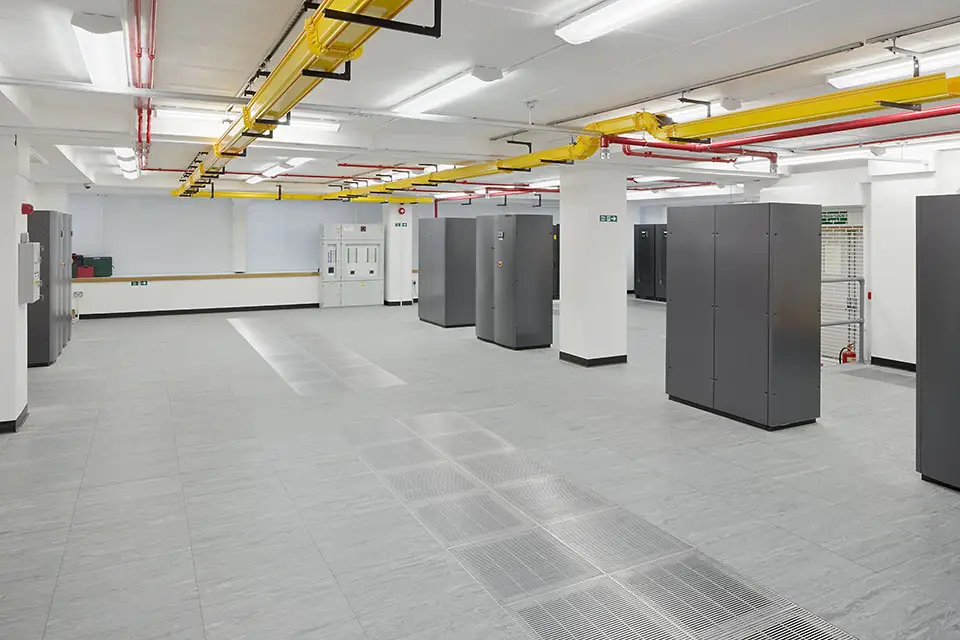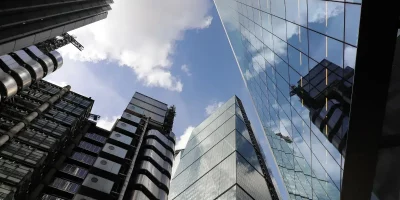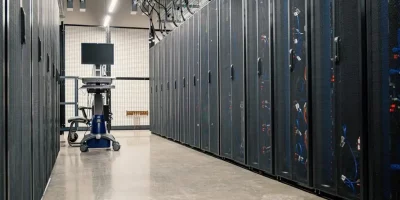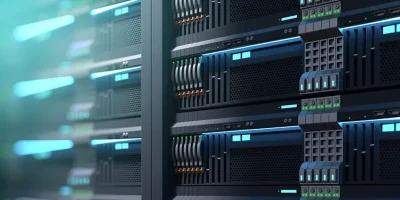Data Center Design & Planning
Some organizations operate outside of safe capacity guidelines with little or no room to develop. The average data center services, according to IDC, is nine years old. On the other hand, Gartner states that any facility more than seven years old is obsolete. Overcrowded or out-of-date data centers pose a barrier to growth for businesses, and the only option may be to build new data centers. Companies that do not consider their commercial needs adequately will build dead-end data centers that won’t fulfill future business demands or meet speed-to-market requirements. The goal of data center design is to achieve maximum uptime while minimizing power usage. Therefore, you must pick the appropriate power consumption for future capacity.
How can you avoid committing significant blunders regarding construction and growth? The answer is in the strategy you use to design and construct your data center facilities. Too frequently, businesses create plans on wattage per square foot, cost to build per square foot, and tier level criteria that may be out of sync with their corporate objectives and risk profile. Poor planning will result in a loss of capital utilization and increased operational expenditure.
9 Most Common Data Center Design Mistakes
Mistake 1: Failure to take the total cost of ownership (TCO) into account during the design phase
It’s easy to fall into the mistake of focusing solely on capital expenditure; building or extending can be expensive. Capital cost modeling is crucial, but if you haven’t factored in operational and maintenance expenses (OpEx), you’ve jeopardized your company’s long-term success.
The maintenance costs and the operating expenses are the two most essential components in calculating data center OpEx cost modeling. The maintenance expenditures include ensuring that all necessary facility support data center infrastructure is maintained correctly. For example, maintenance contracts for OEM equipment and data center cleaning costs are all examples of direct labor. Subcontractor expenses for remedial repairs and upgrades are also included. The operating prices include all costs associated with the day-to-day operation and on-site personnel. They contain, among other things, staffing levels, personnel training and safety programs, the development of site-specific operations documents, capacity management, and quality assurance/quality control systems standard and procedures. If you’ve missed the mark on a 3-7 year operations and maintenance (O&M) cost budget, you won’t be able to build a return on investment (ROI) model that allows for sensible business decisions.
Mistake 2: Poor cost-to-build estimating
The most frequent blunder is the estimate itself. When it comes to raising funds or constructing modern data centers, corporate requests are frequently too low and failing. As a result, the decision-making process may appear as follows:
• The infrastructure capital request is submitted and tentatively approved. Financial resources are allocated to researching, capturing, and coming up with a realistic budget.
• Time is spent on managing the specified budget.
• The report reveals that the original budget request is too low.
• The project is delayed. The ability to deliver service to internal, external clients, and prospects is impacted.
• Failing to take the TCO approach and develop a comprehensive financial model.
Mistake 3: Improperly setting design criteria & performance characteristics
There are two ways your company can fall into the overspend death spiral. The first is that everyone wants a Tier 3 design, but not all require one. Second, most kilowatts per square foot or rack figures are not supported by firm needs. The “required 300 watts per square foot” approach is too often insufficient. To sum it up, don’t overbuild; it’s a waste of funds. Higher-tier facilities also result in higher O&M and energy expenses. This establishes the framework for a sound business strategy and returns on investment.
- Begin by selecting the proper design criteria and performance standards.
- Build your capital and operational expenditures around it.
- Before visiting the board of directors, make sure you have your design criteria correct and your financial model in place.
Mistake 4: Selecting a site location before design criteria are in place
Before having their design criteria and performance requirements in place, many businesses start looking for the ideal location to establish. It doesn’t make sense to go sightseeing or assess many places without this crucial information. The typical “cart before the horse” scenario often occurs among consumers in the 1-3 megawatt range. On the other hand, baseline users are frequently business people who must construct or renovate a shell in their core area of operation due to their company model. The risk with deciding on a location too soon is that the site may often be unable to satisfy the design criteria.
Mistake 5: Space planning before the data center design criteria is in place
The amount of area required to house data center facility network infrastructure components might be considerable. In the most robust systems, the proportion of raised floor to supporting equipment may reach 1:1. Many organizations use only IT equipment when determining their space needs. On the other hand, mechanical and electrical equipment need a significant amount of room. Many businesses overlook the square footage required to house office space, equipment yards, and IT equipment staging areas. As a result, it is critical to establish your design criteria before creating your space plan. There’s no way to visualize the entire site needed to satisfy your complete requirements without it.

Mistake 6: Designing into a dead-end
The edge computing data center business has done an excellent job of emphasizing modular designs’ significance. However, utilizing a modular approach does not guarantee success. Modular strategies are based on adding “chunks” of additional infrastructure equipment to maintain capital in a “just-in-time” fashion. When predicting future requirements, organizations still “dead-end” themselves by utilizing the wrong crystal ball. Everything is in a constant state of flux. Modular and adaptable designs are the key to long-term success. Even the best kilowatt per square foot/rack planning may be outdated due to consolidation, exponential company development through acquisition, or a sharp shift in direction to an unplanned high-density footprint.
Mistake 7: Misunderstanding PUE
The computing Power Usage Effectiveness (PUE) metric is an excellent way to motivate and measure efficiency. However, broad energy efficiency claims may lead to significant misinterpretation. For example, there’s a capital cost associated with lowering PUE in almost every new construction and expansion. Many businesses have sought to reduce their PUEs with the best intentions, but the calculation does not take into account all factors that should be considered. To achieve your objectives, you must first know the return on investment for capital expenditures.
Mistake 8: Overcomplicated designs
Although evaluating a target tier rating is complex and time-consuming, it does not have to be that way. In general, simplicity is preferable. There are many methods to build an effective system, regardless of the intended target tier rating. Too often, redundancy objectives produce excessive complexity. Adding many ways to put together a modular design makes things rather tricky.
Plan Properly for Your Data Center Design
New Design vs. Remodeling
The primary objectives of data center design are flexibility and scalability, which include site selection, building selection, floor plan, electrical system construction, mechanical design, and modularity. As a result, data centers can rarely fulfill the operational and capacity requirements laid out in their original blueprints. Likewise, the terms “renovate” and “remodel” are commonly interchanged. However, for those working in one or more of these sectors, “professional” and “reliable” may be used interchangeably. The distinction between them is that a renovation entails restoring something to its original condition, while a remodel implies building something fresh.
Why is data center design important?
Many business owners are concerned with the long-term success and maturation of their company. To reach their objectives, a solid foundation is required. A combination of informed judgments, forward-thinking management methods, a competent and diversified labor force, and an infrastructure of cutting-edge professional technology are all part of this base. When it comes to integrating a cutting-edge data center into your business, you’ll need to work with a firm that specializes data centre design, builds, and management services.
Several firms specialize in data center design and can give your company all of the support services it needs to keep its data center running smoothly. It will take time to construct a data center, and large portions of the process may be automated. The design, construction, and installation phases are all needed before your company’s new data center can operate. A data center design firm will also arrange for the continual, routine maintenance required to keep this critical technological asset operating at peak performance. All of this may be managed by Secure I.T. Environments Ltd‘s in-house data centre experts and much more.






